There are so many amazing LGBTQ+ romance manga today, but this was sadly not always the case. The history of LGBTQ+ representation in media, as a whole, is a long, complex, and often sordid history. In the early days of manga, depictions of same-sex relationships were rare and often stereotypical or stigmatizing. However, as society has become more accepting of diverse sexual orientations and gender identities, many manga creators have begun to include these subjects in their work. The explosion in popularity of LGBTQ+ stories such as Bloom Into You and Yuri on Ice! proves that not only are these subjects accepted, but they are also beloved.
Now, major platforms like Netflix are working harder at ensuring LGBTQ+ representation, and there’s no better time to be a manga fan than now for those looking for more relatable stories. Manga has always pushed the envelope as far as representation goes, and while has historically been subject to certain restrictions, it has always allowed for creative and subversive stories. These LGBTQ+ romances are a testament to just how far manga has come.
Ohana Holoholo (2008)
Maya is a translator who shares a home with her ex-girlfriend, Michiru, alongside her son, Yuuta. They also have a friendly neighbor named Nico, an actor, who stops by frequently and knows about Michiru’s past with Maya. The three of them form a unique bond, almost like family, and enjoy each other’s company on their cozy and comfortable days.
Ohana Holoholo is an authentic and relatable representation of bisexuality and the lives that some bisexual people lead. Subject to expectations by others to “pick a lane,” Michiru is thankful to have Maya and Nico as solid support structures. The manga is also a fantastic illustration of how happy and stable a non-traditional family system can be. The manga shows that non-nuclear families can be just as happy and valid as any other, if not more so.
What Did You Eat Yesterday? (2007)
Shirou Kakei is a seemingly uptight lawyer who loves to unwind after a long day by whipping up delicious gourmet meals. Shirou makes these meals for himself and his long-time love, Kenji Yabuki, a free-spirited hairdresser who seems to be his complete opposite. Through these dinner preparations, the couple’s love is portrayed in all of its mundane glory.
What Did You Eat Yesterday? is a manga that features a great LGBTQ+ couple, a rarity in the landscape. Since most manga are catered to teens, their stories tend to be focused on characters that are quite young, with few ever breaking into adulthood. This manga’s focus on the more mundane yet wholesome aspects of adult love makes it stand out, and the addition of delicious food just makes the stories even better.
The Summer You Were There (2020)
Shizuku Hoshikawa is an aspiring author who sadly feels a stab of self-consciousness after being disappointed in her first novel. As she’s about to throw it away, however, the charismatic Kaori Asaka comes along and swipes the story away from her. Upon reading the novel, however, Kaori is deeply moved, and this leads her to make a bold suggestion: to write a love story about herself and Shizuku.
Similar to sad romance anime, The Summer You Were There is not as it first appears, as not every romance is a fairy tale affair. Sometimes, it’s ugly, complicated, and painful. That said, the authentic depiction of these feelings is essential. The manga showcases that just like any other couple, queer couples can experience the same pains, but these pains make the wholesome moments that much sweeter.
Love Me For Who I Am (2018)
In Love Me For Who I Am, Mogumo is a small and delicate teen who is ostracized for their nonbinary identity. In the throes of these negative feelings, they are whisked away by a boy named Tetsu Iwaoka, who brings Mogumo to a maid cafe where people of any orientation or gender are welcomed. In this warm cafe, Mogumo starts on their journey of self-discovery and their surprising romance.
Mogumo is a wonderful nonbinary animated character, perfectly showcasing the angst associated with the expectations plastered onto them by an uncaring society. The romance in the manga is also unique as far as representation goes because it showcases a cisgender boy who falls in love with a nonbinary person. Mogumo and Tetsu’s story showcases that love can prevail no matter the perceived biases people have toward them.
The Guy She Was Interested In Wasn’t A Guy At All (2022)
Aya Oosawa is a fun-loving and fashionable girl who loves to visit a cozy little record store. While there, she can’t help but develop a crush on the handsome clerk with dark hair and a cool hoodie-and-face mask combo. Little does she know that charming boy is actually her nerdy classmate, Mitsuki Koga. Now, Mitsuki is worried about how Aya will react when she finds out the truth.
Similar to many anime about music, Aya and Mitsuki have a shared passion in The Guy She Was Interested In Wasn’t A Guy At All that’s set against the backdrop of the manga’s unique color palette, making it stand out. The representation here is done well, with the romance presented in a cute and relatable way that evokes those awkward teenage years. The contrast in Aya and Mitsuki’s personalities also makes for a wonderful dynamic and makes their love for music stand out even more.
The Bride Was A Boy (2016)
In this autobiographical manga, Chii shares her journey of growing up with gender dysphoria and eventually deciding to transition. Along the way, she meets a man who falls for her, which continues after finding out about her past. He stands by her every step of the way as she transitions, and eventually, they get married and live happily ever after.
There’s no better way to represent the transgender experience in a manga than through a transgender author recounting their own life. Despite the cutesy art style, The Bride Was A Boy does not shy away from the heavier aspects of being a transgender woman in Japan. Although Chii got her happy ending, it wasn’t always easy to achieve, and her husband played a great part in helping her achieve her dreams.
To The Morning Glow That Dyes You (2022)
Suguru is an avid photographer who visits Enoshima, a quaint Japanese island near Tokyo, to take some beautiful shots. There, he spots a young man with unique sunset-colored hair fall into the water. Suguru is concerned, but the carefree boy, who introduces himself as Kengo, simply says, “It looked like it would feel good,” with a sunny smile. Lucky for Suguru, who was still searching for a place to stay on the island, Kengo extends an invitation for him to stay at his home.
The best yaoi series should have a good dynamic, and in this regard, To The Morning Glow That Dyes You is iconic. The dynamic of a cerebral and passionate artist paired with a carefree everyman is a fantastic foundation for an adorable romance. The premise also lends itself to some truly gorgeous landscapes, showcasing the natural beauty of Japan in all of its splendor. Romances bloom in the strangest of places, and here, it starts with a boy falling into a shallow sea.
The Two Of Them Are Pretty Much Like This (2020)
In The Two Of Them Are Pretty Much Like This, Ellie Sakuma, a hardworking scriptwriter, and Wako Inuzuka, an up-and-coming voice actress, are roommates who have known each other for two years. Eventually, they start to fall for each other, and it leads to a lovely romance. Despite their busy and contrasting lifestyles, they find time to spend together and cherish the brief moments of romance in the chaos of life.
One of the coolest representations of an LGBTQ+ couple, the decision to focus on busy adults is a staunch testament against the old-fashioned stereotype that the LGBTQ+ experience is just a phase. Well into adulthood, these two women find love and celebrate it in all the mundane yet memorable ways. The age gap dynamic is also tackled maturely and respectfully, a rarity for many romance manga that tend to gloss over the subject.
Sasaki And Miyano (2016)
In Sasaki And Miyano, Yoshikazu Miyano’s life is turned upside down when he meets Shuumei Sasaki on a hot summer day. Sasaki comes to the rescue when Miyano’s classmate is bullied, and from that moment on, Miyano can’t seem to shake him off. But Miyano is scared that Sasaki will judge him once he finds out that he’s a fudanshi, or male fan of yaoi (boy romance) manga. To his surprise, Sasaki is fascinated, and this becomes the spark of an unexpected love story.
A classic premise used by the highest-rated shoujo manga, a boy saving a meek and timid protagonist from a bully is given a twist. After all, a non-heteronormative romance doesn’t exclude it from the traditional formulas or tropes. Miyano’s obsession with boys’ love manga is also a charming representation of queer teens who first discover their sexuality through their favorite media.
Bloom Into You (2015)
Yuu Koito has always dreamed of experiencing love, just like the romantic shoujo manga she adores so much. Unfortunately, when a boy finally confesses to her, she’s shocked at how empty she feels inside. Upon starting high school, she sees the student council president Touko Nanami gracefully reject a crush. Much to Yuu’s surprise, however, when she comes to ask for advice about love from Touko, the president confesses her love to Yu instead.
The confusing romance between Yuu and Touko in Bloom Into You may seem like soap opera bait, but it’s dealt with in an amusingly straightforward way. Yuu’s brutal honesty is off-putting to anybody but Toujko, who appreciates how barefaced she is about her thoughts. They also talk about their potential relationship and the realities and complications it would entail, making for a surprisingly mature teen romance.

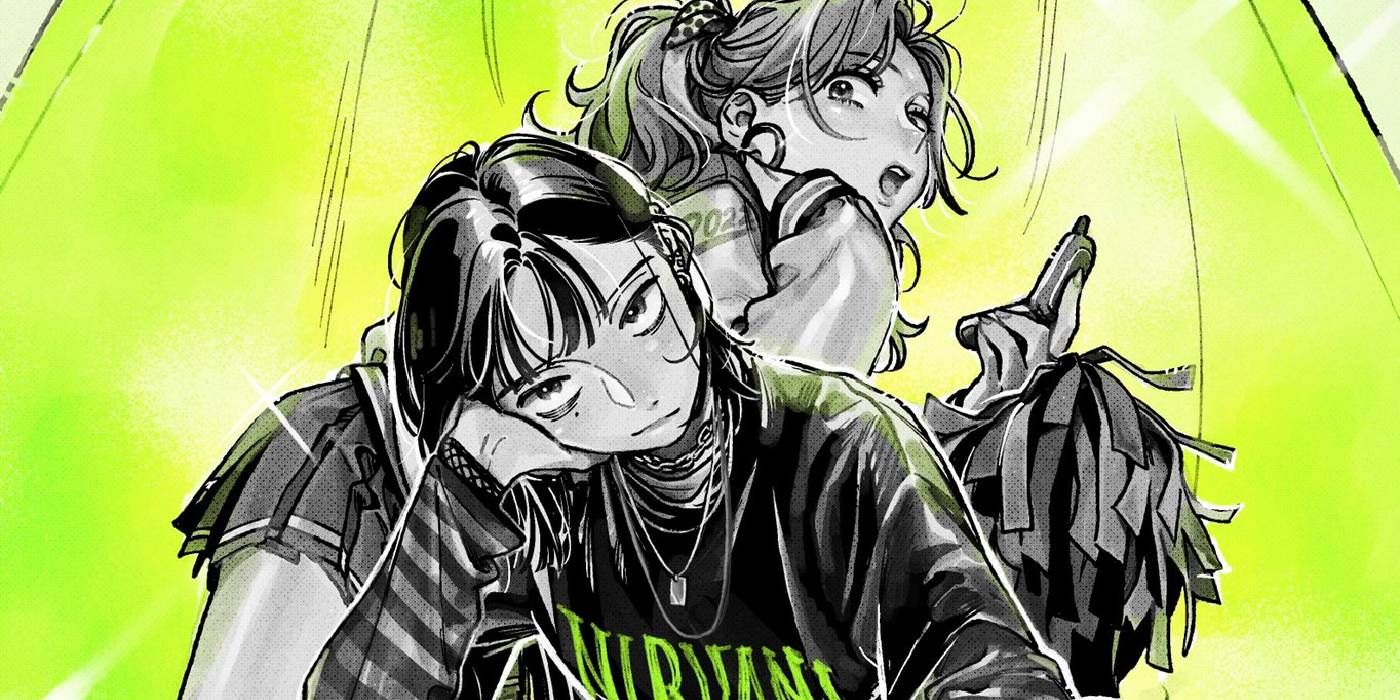
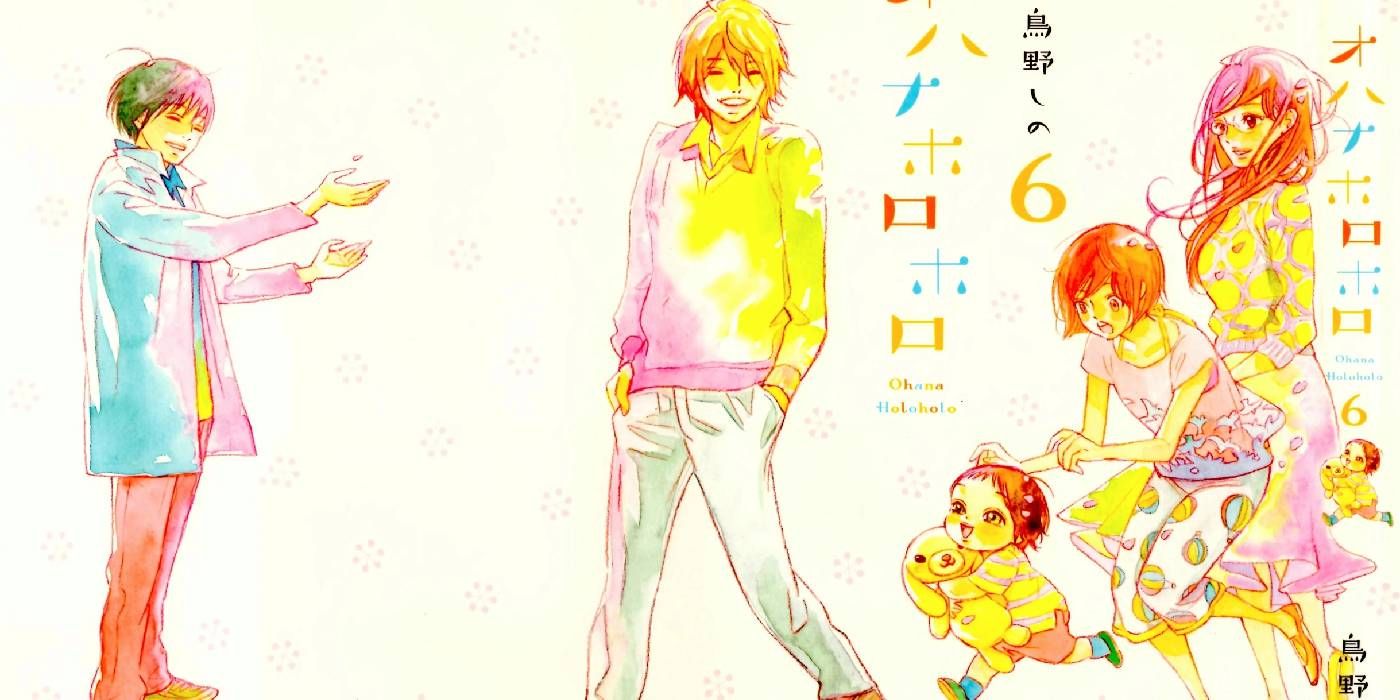
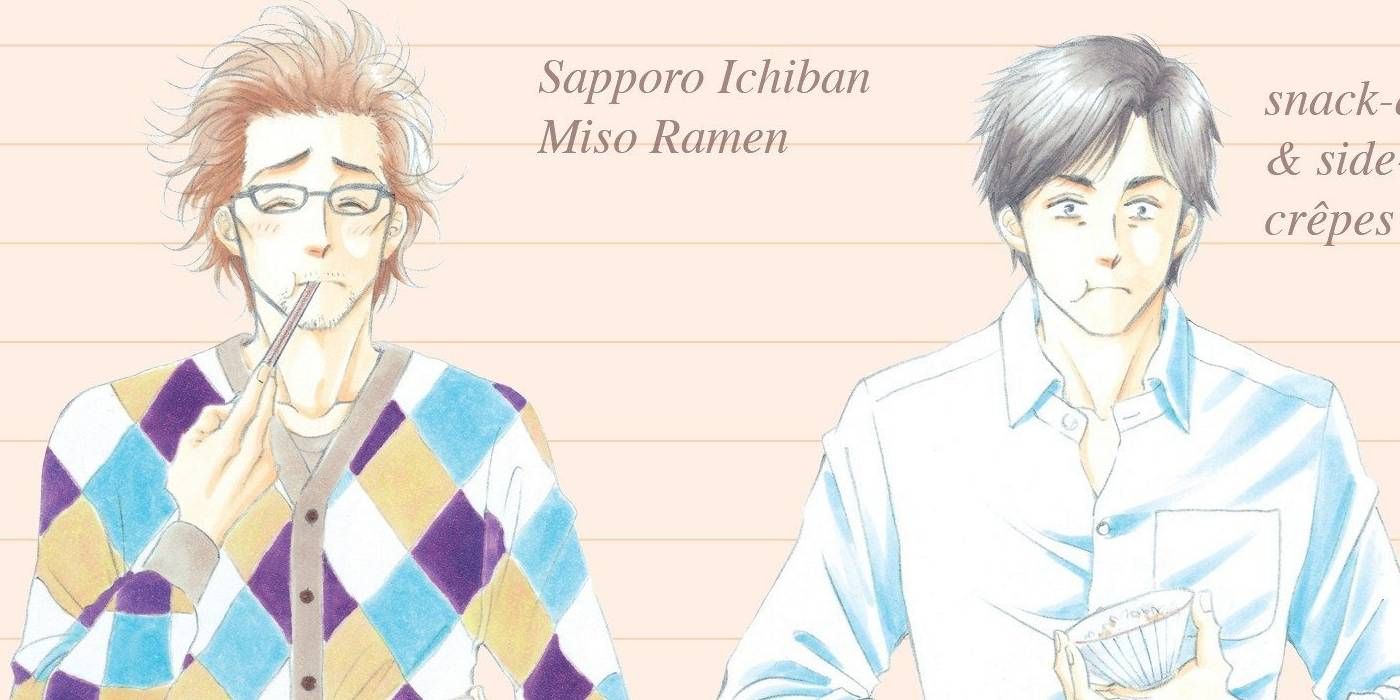
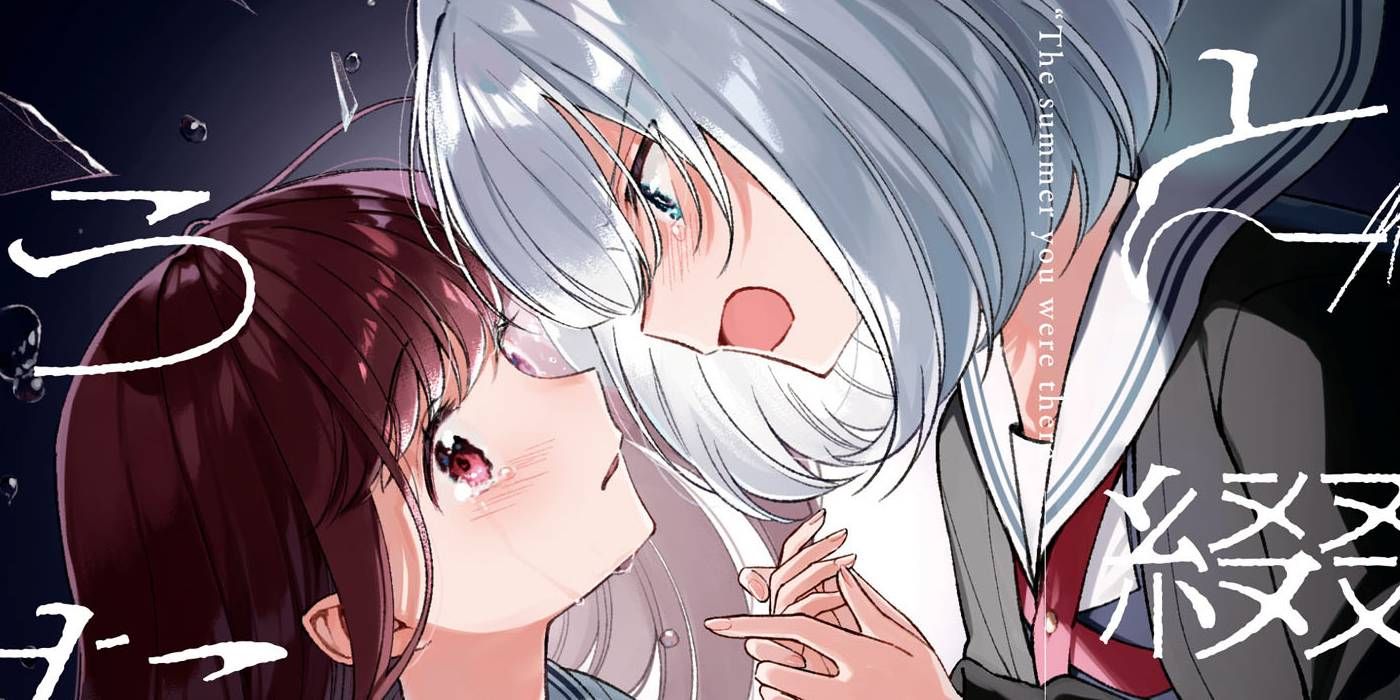
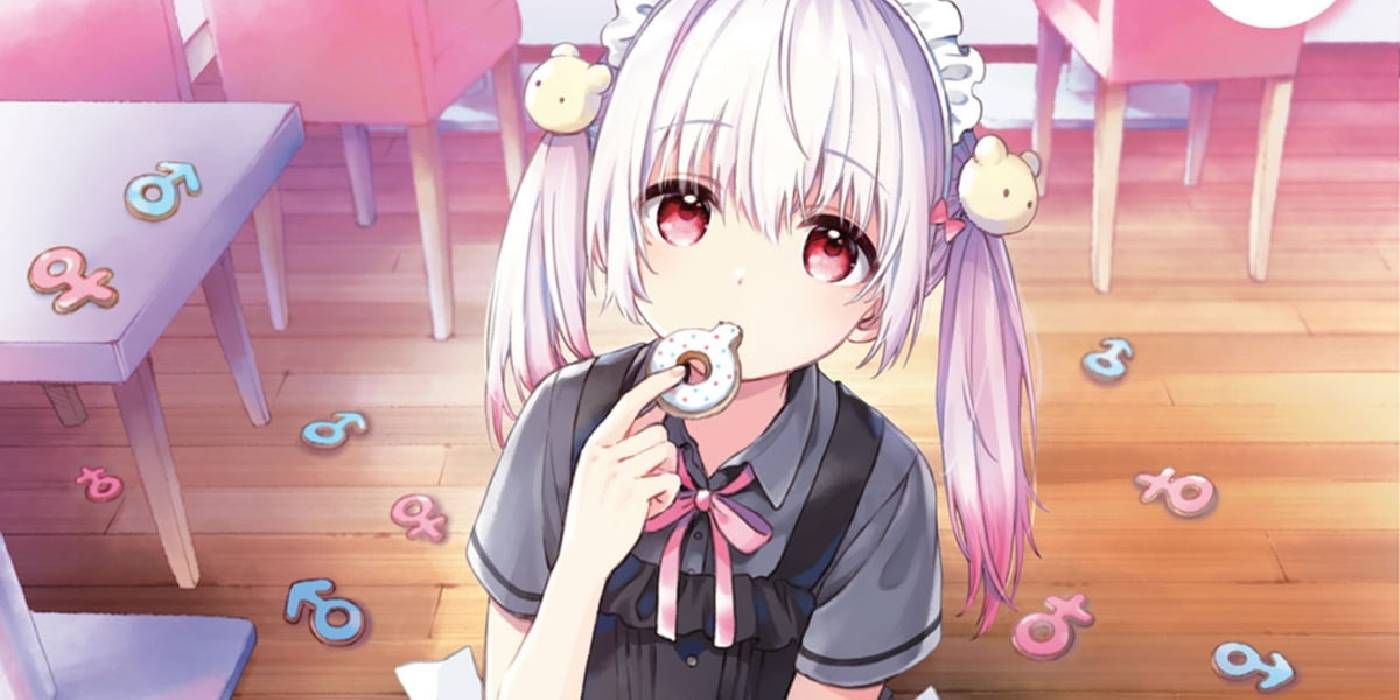
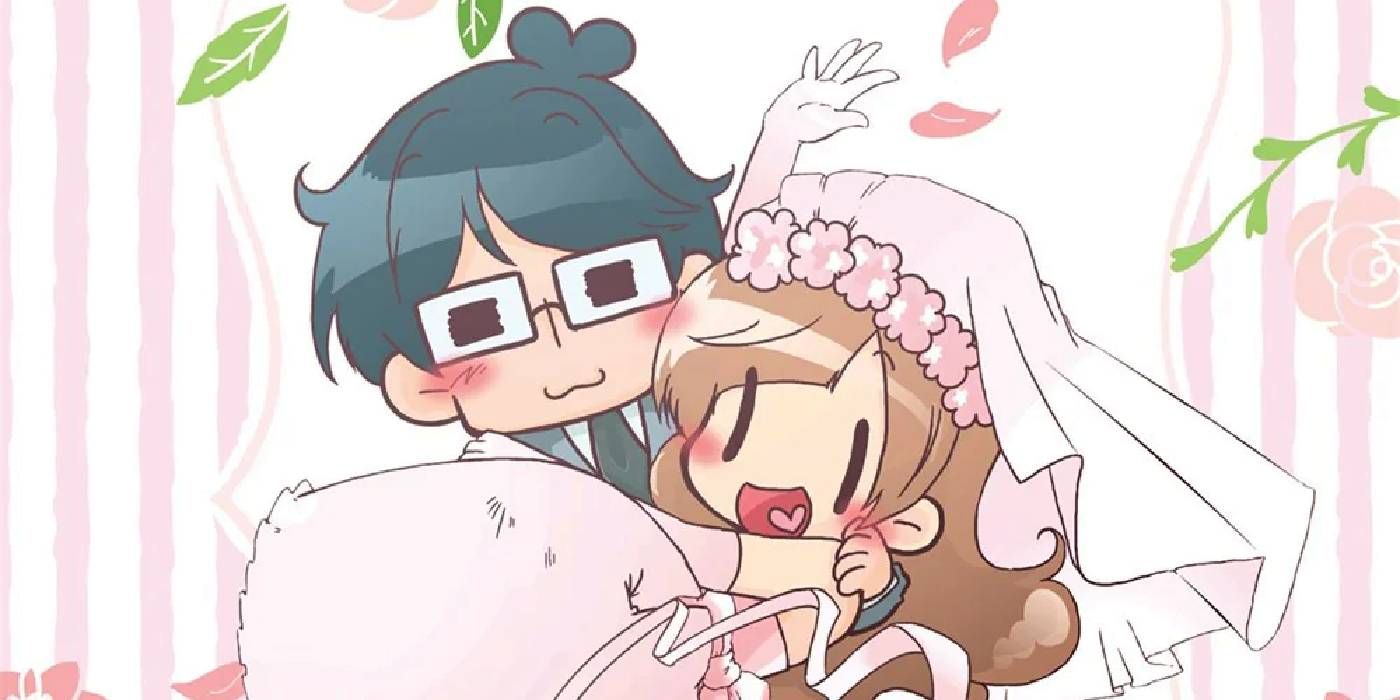
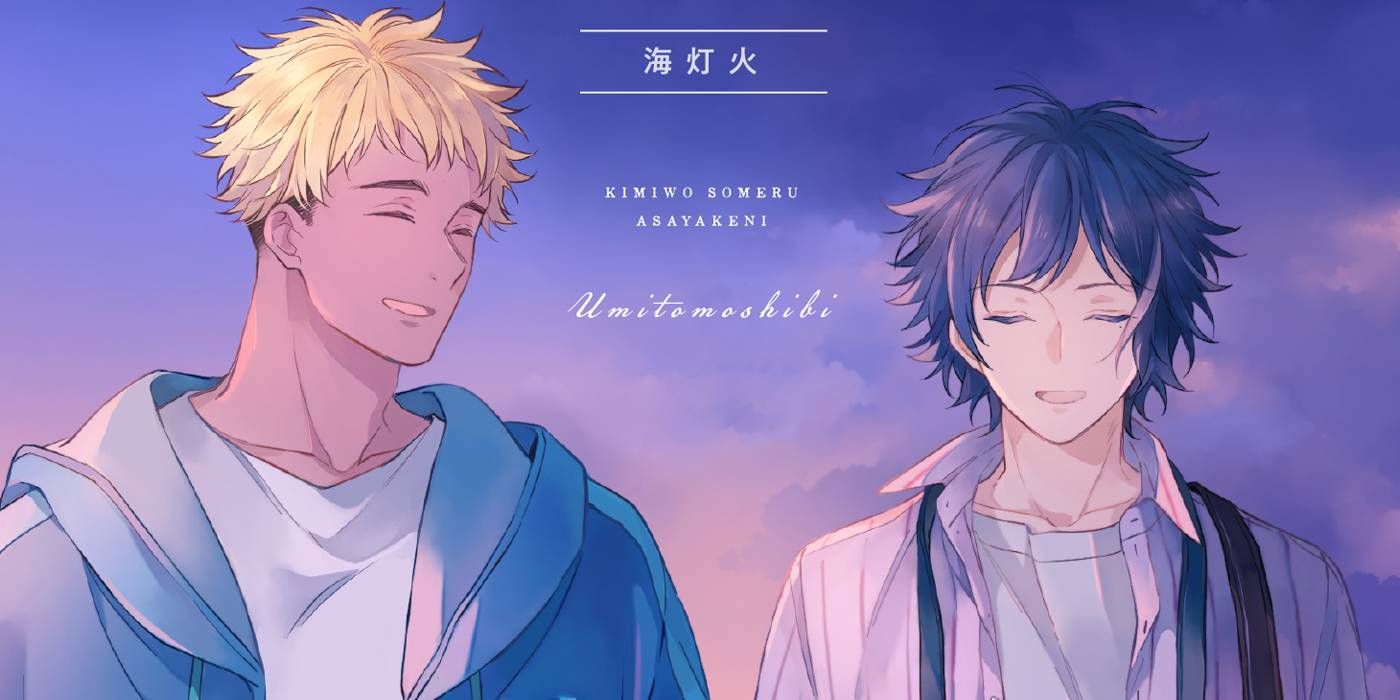
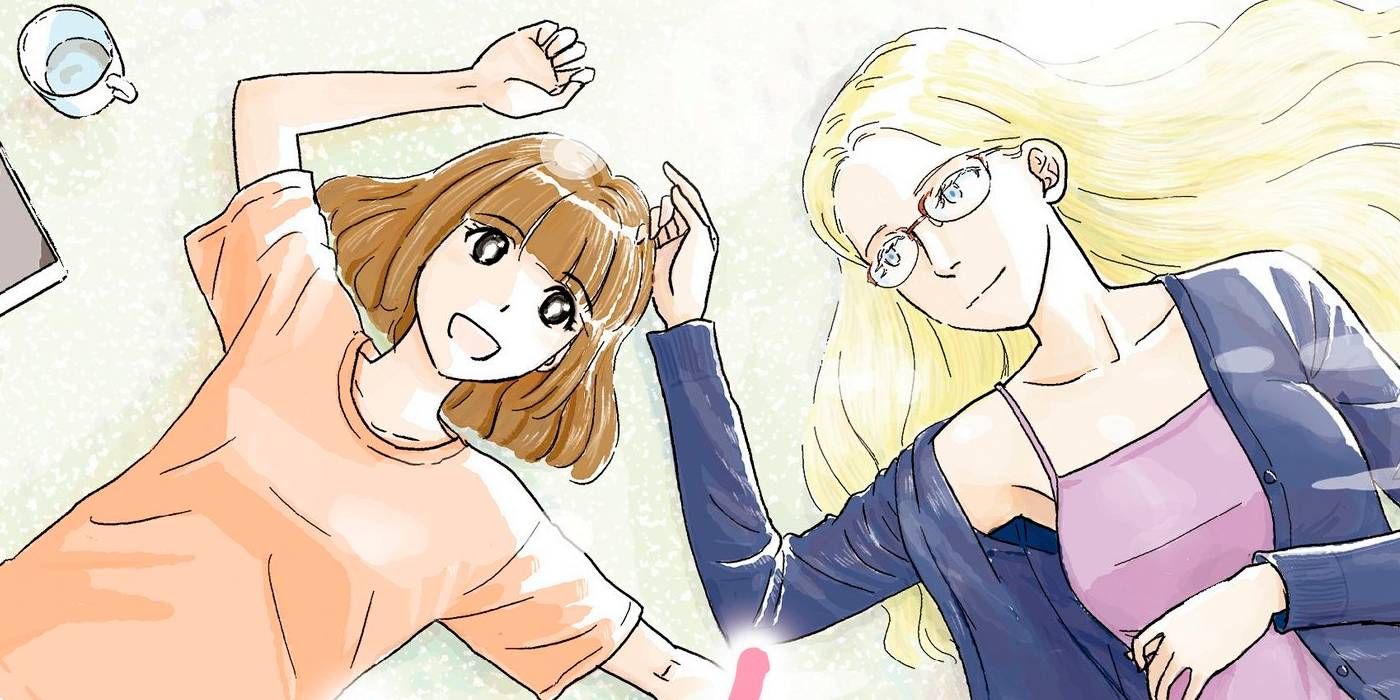
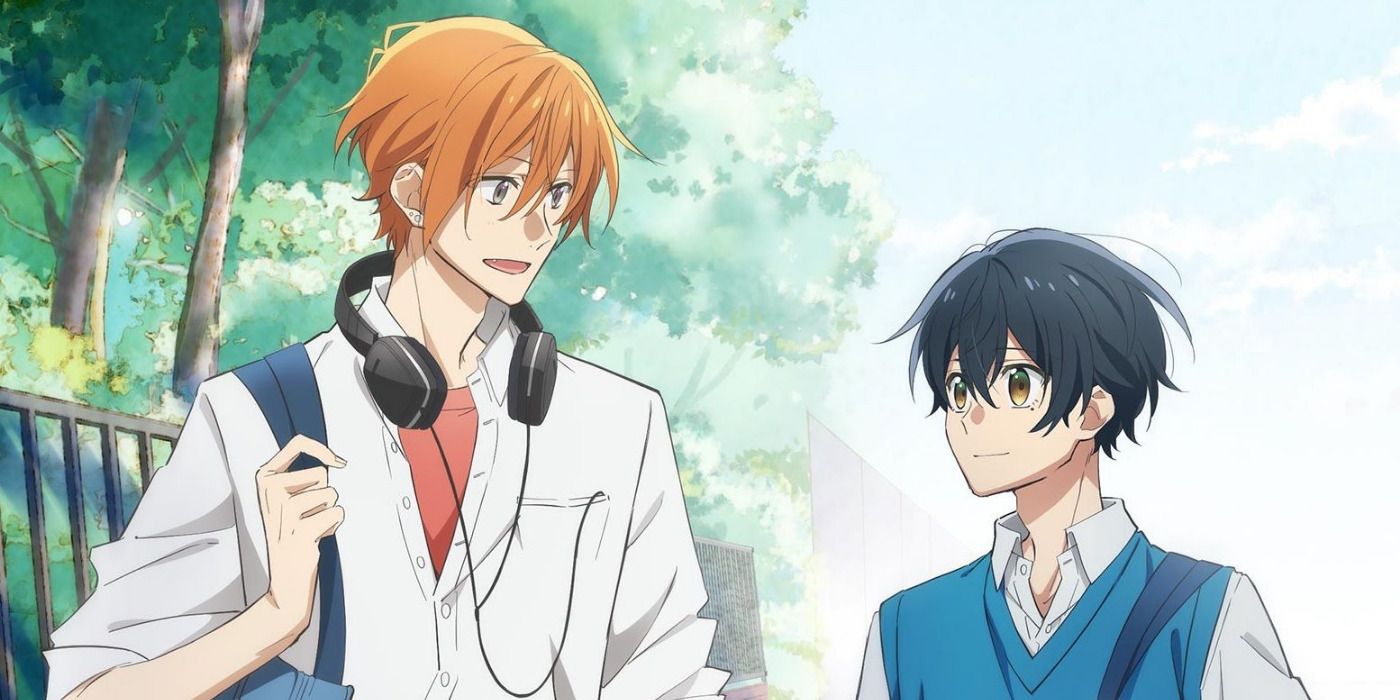
.png)